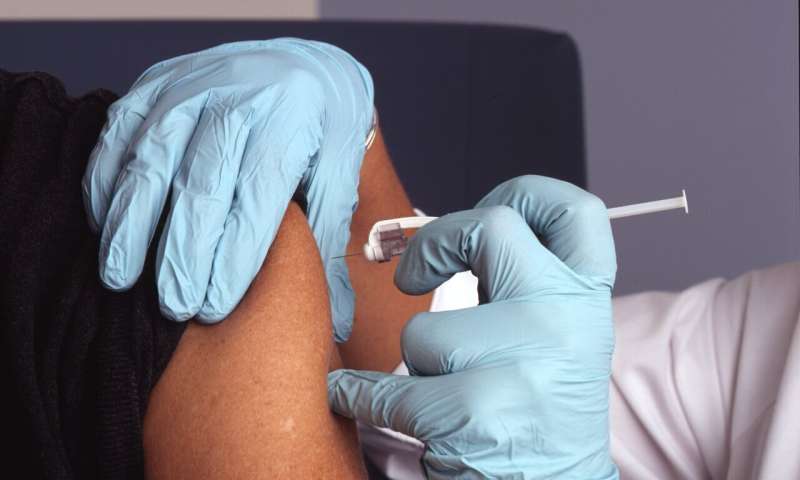Minor Declines in Childhood Vaccination Rates in the US Risk Outbreaks of Preventable Diseases

Small drops in childhood vaccination rates across the U.S. threaten herd immunity, increasing the risk of disease outbreaks such as measles. Stay informed and ensure your children are vaccinated.
Recent data reveals that over 75% of counties and jurisdictions across the United States are experiencing decreases in childhood vaccination rates, a concerning trend that has been ongoing since 2019. This decline threatens the herd immunity that is crucial in preventing outbreaks of contagious diseases like measles. According to a September 2025 investigation by NBC News and Stanford University, many regions no longer maintain the baseline immunity needed to stop the spread of such diseases.
Dr. David Higgins, an assistant professor of pediatrics at the University of Colorado CU Anschutz Medical Center and a vaccine researcher, emphasizes the importance of maintaining high vaccination coverage. He warns that even small drops in vaccination rates can lead to outbreaks, making it essential for parents to stay vigilant.
Vaccines are a cornerstone of public health, particularly for children attending school. Most states require kindergartners to receive vaccines against diseases such as pertussis, tetanus, measles, mumps, rubella, and chickenpox. For older children, booster doses of tetanus and pertussis, as well as meningococcal vaccines, are typically mandated. These immunizations drastically reduce the risk of disease outbreaks in school and community settings, supporting higher overall community coverage.
Scientific monitoring of vaccine safety continues well after approval. Rigorous trials assess safety and efficacy before approval, and ongoing surveillance systems in the U.S. and globally ensure that any adverse effects are promptly identified and managed.
However, vaccination coverage among kindergartners has shown a slight decline since 2019, slipping from 95% to approximately 92%. While this percentage still reflects high overall vaccination rates, it falls short of the 95% threshold needed for effective herd immunity against diseases like measles. This gap increases the likelihood of localized outbreaks, as evidenced earlier this year in West Texas, where below-average vaccination rates led to a rapid spread of measles.
Non-medical exemptions, which are often based on religious, philosophical, or personal beliefs, are on the rise, reaching about 3.6% during the 2024–25 school year. Although medical exemptions remain rare, the growing acceptance of non-medical exemptions poses a risk to community health.
Vaccine hesitancy is fueled by misinformation spread through social media, declining public trust in health institutions, and increasing partisanship around vaccination issues. The success of vaccines in eradicating or controlling diseases like polio has contributed to a false sense of security, leading some parents to underestimate the importance of immunization.
The key to protecting children and communities lies in ensuring up-to-date vaccinations and practicing basic health measures, such as handwashing and staying home when sick. Pediatricians are vital in guiding families through their concerns, fostering informed decisions that prioritize children’s health.
Maintaining high vaccination rates is essential to prevent a resurgence of preventable diseases and safeguard public health. Continued education, addressing vaccine hesitancy, and strengthening vaccination policies are critical steps forward.
Source: MedicalXpress
Stay Updated with Mia's Feed
Get the latest health & wellness insights delivered straight to your inbox.
Related Articles
Chromosomal Abnormality Scores Pave the Way for Personalized Cancer Immunotherapy
New research reveals tumor chromosomal abnormalities, especially aneuploidy, as key biomarkers for predicting and overcoming resistance to cancer immunotherapy, paving the way for personalized treatment strategies.
The Critical Role of Proper Protein Folding in Seizure-Related Disorders
Proper protein folding is vital in preventing seizure disorders by ensuring proteins reach their functional destination. Recent studies highlight how mutations impair folding and how small molecules can restore function, offering new therapeutic possibilities.



